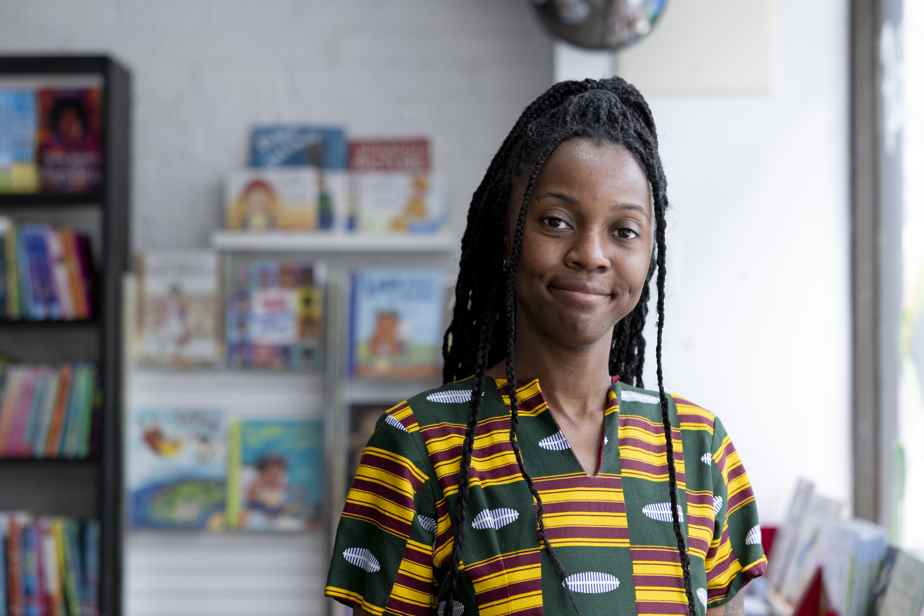Posted at 8:00 a.m.
Standing like a big cedar
“It’s a children’s book written by an Aboriginal storyteller, with a glossary of words in French and two Aboriginal languages. It talks about our responsibility to the earth, the preservation of the planet, respect for animals, all the gratitude we should have towards this earth that feeds us. These are values that I try to instill in my son and I find them a lot in Aboriginal children’s books. […] The author writes: “We thank the earth that takes care of us.” It makes for great conversations. It’s a beautiful book that I like very much, from a major publishing house that publishes aboriginal books. »

Standing like a big cedar
Nicola I. Campbell and Carrielynn Victor
Hannenorak Editions
Sixteen black times to learn how to say kuei
“I love the last line in the book: ‘The rest we’ll improvise together.’ It was a kind of history lesson for me that pushed me to do research. There were names I knew, but others less so, like the first black slave in the country. It’s very topical. The author makes connections between the resistance of Kanesatake and Black Lives Matter, the crossed struggles. I like that he talks about support, about healing between our communities, about rebuilding relationships of solidarity between the different racialized and indigenous communities. […] Even if, as a racialized person, we feel less concerned [par les débats sur le territoire], we were welcomed on these unceded lands. »

Sixteen black times to learn how to say kuei
Philippe Nemeh-Nombre
inkwell memory
There’s Something in the Water
“There is a documentary film that was made about this book, but I would like to be able to read more about environmental racism in French. What’s interesting is the intersection between racism and the environment, capitalism, how all of these things intersect. The author talks about the way things are managed in certain territories, the fact that certain indigenous communities do not have drinking water and the way in which people are moved. When there are environmental crises, it particularly affects racialized communities. She also talks about Africville, this black community [au nord d’Halifax] that has been erased and relocated, and the various struggles against environmental racism in Canada. »

There’s Something in the Water
Ingrid R. G. Waldron
Fernwood Publishing

